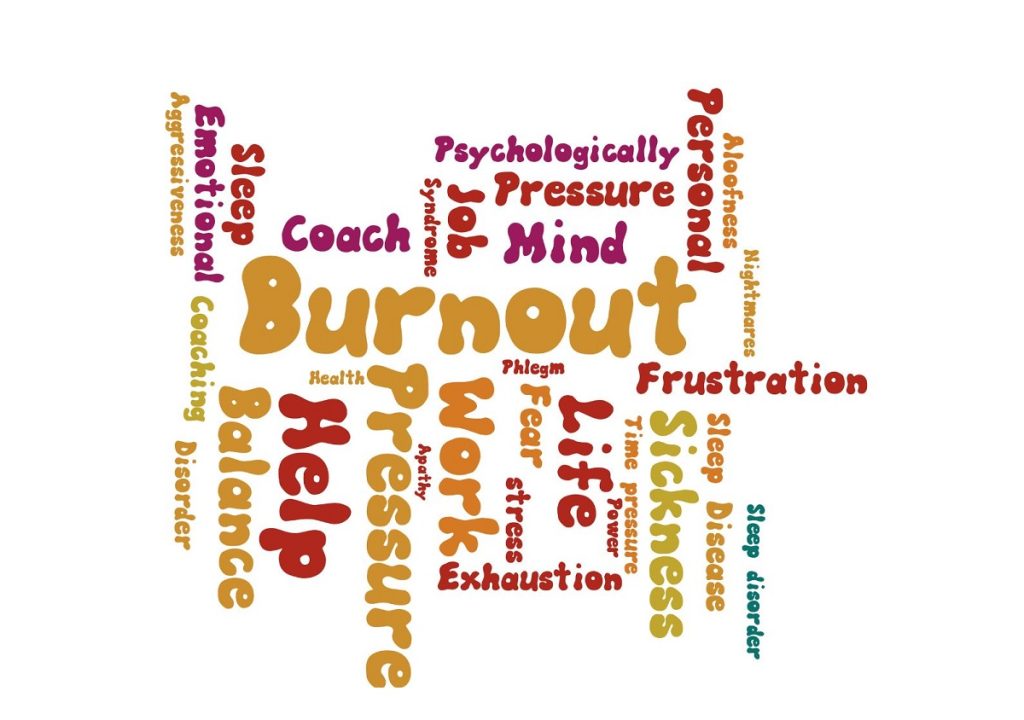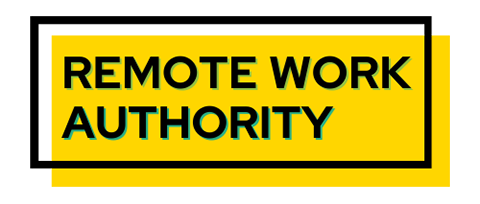Burnout from the job is thought to apply to those with years of experience, but many Gen Z new hires are coming into jobs with feelings and signs of burnout. They are concerned about work-life balance, and some employers are offering more flexibility and mental health benefits to address burnout among new workers.
Worker burnout refers to a state of mental, physical, and emotional exhaustion common after prolonged stress on the job. Recent surveys show that it is widespread among onsite and remote workers and is believed to be behind the “Great Resignation” that began in 2021. Many workers who felt hopeless, cynical, and tired decided to move to new jobs. This is not a new occurrence, but what is concerning recent news is that many people are coming to their first job already burned out.
Starting Out With Burnout
In a survey published by Handshake, the career and recruiting platform for alums and college students, 80% of upcoming college graduates already experienced burnout as undergraduates and worry about experiencing further burnout once they start work. In comparison, 25% are “highly worried.”

For a generation expected to work toward college admission and career goals early in their academic career, the burnout and fear of more of the same is not surprising. The Covid-19 pandemic exacerbated their level of worry. These mental health concerns weigh heavily as Gen Z’s job applicants seek positions. Unlike previous generations of workers who took sick days when they needed a mental health break, younger workers are asking specifically about mental health benefits.
A recent study about 2022 graduates by TimelyCare had these findings:
- 68% of graduates ranked flexible work hours as their top concern, followed by work environment (47%), medical benefits (46%), and vacation time (40%)
- 58% want fully in-person work, while 24% want hybrid and 18% want fully remote
- 69% felt less prepared to enter the workforce due to the pandemic, due to mental health issues (70%), physical health (46%), and struggle with academics (42%)
- 92% felt companies should offer mental health benefits, especially after coping with mental health issues in college
- 34% felt mental health benefits were as important to them as having a 401K or retirement plan and much more important than the company’s mission and values (19%)
- 70% were somewhat (54%) or very (14%) stressed about starting a new career. Their worries include: finding and keeping a job (65%), supporting themselves financially (52%), and having to be independent and self-reliant (49%)
Symptoms Of Burnout
Burnout results in depression and mental distress, often leading to exhaustion, insomnia, changes in eating habits, headaches, stomachaches, and nausea. The symptoms are so common that many dismiss or try to resolve them with self-care. That implies that the burned-out person is the cause.
While you can treat the symptoms, more effective ways to lessen burnout stress are to take time off, consider therapy, and talk to your employer about changes in the workplace or workload. You might need better equipment, an assistant, or flexible or hybrid hours. Even those with a busy schedule find that taking as little as 15 minutes a day to relax can help avoid burnout.
Ignoring burnout in hopes it will pass is not the way to approach it. Employers are wise to address it head-on.

Employer Response To Burnout Among New Workers
Smart employers are paying attention to workers’ needs and even mention mental health and wellness in job posts. Handshake reports that the number of mentions of “wellness,” “work-life balance,” and “mental health” doubled between January 2009 and April 2022. The term “work-life balance” took precedence over “mental health” as remote work became more popular.
A nephew of mine who recently graduated with a degree in accounting and finance was offered a job that promised nearly three weeks of personal time that could be used when needed anytime after his start date. In addition, the position offered flexible hours and the opportunity to work at home when he needed to.
According to Christine Cruzvergara, Handshakes’ chief education strategy officer, this package was very generous but common. “This particular generation and class of graduates recognize that there are so many components to living a purposeful and meaningful life. Because, quite frankly, they experienced the pandemic in the middle of some very formative years.”
As she told Fortune Magazine, “If HR folks are not paying attention to that, you’re going to lose some really great talent. You’re going to lose a whole swath of this generation that, quite frankly, will go to your competitor. They’ll just go to another company, because there are companies that are paying attention to this.”

Burnout Crisis In Law
The handshake studies found that job descriptions for high-stress jobs that mentioned “mental health” and “wellness” keywords received more responses than those that didn’t. The jobs that were high-stress included Architects, Financial and Investment Fund Managers, Investment Banking, and Financial Sales Agents, while highly competitive or within-demand skill sets included Software Developers and Software Engineers.
What’s missing from the discussion are jobs in medicine and law, two professions known for stressing residents and new hires to the max. Perhaps they did not receive mention because doing either job requires advanced education beyond a college degree. However, both professions suffer from extremely high burnout rates. At the same time, employers of these professionals put plenty of stress on new hires who want to get good jobs in the future or become partners.
In law, studies by BloombergLaw.com show that 75% of law students felt stress and anxiety over their course load, while more than 50% experienced depression. Covid only worsened the likelihood of burnout. This phenomenon was not just self-reported, but obvious to faculty. Professors noticed poorer-than-normal work quality, frequent and obscured absences, and procrastination on assignments.
Some teachers tried to blame this on poor work ethic and laziness, but the evidence points to a systemwide problem that persists throughout the profession long after graduation. Having control over aspects of their jobs and being engaged with the work can prevent burnout, so long as the lawyer does not ignore the other parts of their life.

Millennial and Gen Z lawyers are making some strides in changing the culture by opting for more time off, even if it means lower salaries. Women, in particular, aim for better work-life balance, while men still aim for the compensation package. Overburdened lawyers seek new jobs or bypass partnership opportunities rather than work themselves to death.
The situation is of such concern that the American Bar Association (ABA) has gotten involved and requested that law firms address major issues like mental health and addiction. Meanwhile, young workers say that more firms need to reduce billable hour requirements or offer free counseling support for lawyers in crisis. Some who like working for major firms (BigLaw) are particularly concerned about maintaining a semblance of work-life balance.
Rx For Stress: Pressure On Residents
As with young lawyers, resident doctors have a heavy workload, long hours, little sleep, and fast-paced environments that can lead to burnout. The added burden of knowing that a mistake can be fatal increases the stress.
According to the National Institute of Health (NIH), resident burnout tops 50% across the board, with rates varying by specialty.
- 75% in OB/GYN
- 63% in internal medicine
- 63% in neurology
- 60% in ophthalmology
- 50% in dermatology
- 40% in general surgery
- 40% psychiatry
- 27% in family medicine
Specialties with fewer shifts and fewer emergencies, like plastic surgery, dermatology, and otolaryngology, have lower burnout rates.

The Accreditation Council for Graduate Medical Education (ACGME) has studied the problem for nearly 20 years. The group has developed strategies to reduce burnout, such as limiting work to 80 hours a week – a schedule that most people find grueling. Efforts so far have not cut burnout rates.
As Millennial and Gex Z workers become doctors, they come with the same concerns about burnout as those in other professionals. In medicine, in particular, there is a strong belief that burnout reflects laziness and a sense of entitlement. If generations of doctors can stagger through sleep-deprived residencies and survive, so can the current crop of residents. Resilience is crucial, and the stress helps from young doctors. Fortunately, technology can help them survive the pressure.
While the medical field has to come up with less stressful ways to train doctors, Dr. Alana Mendelsohn from Columbia comes to the same conclusion that those who studied burnout in new lawyers have found: doctors who can engage with at least some patients have a better chance of surviving the system.


